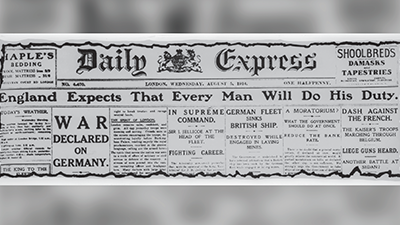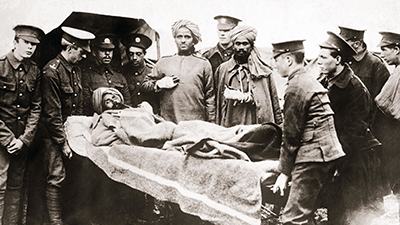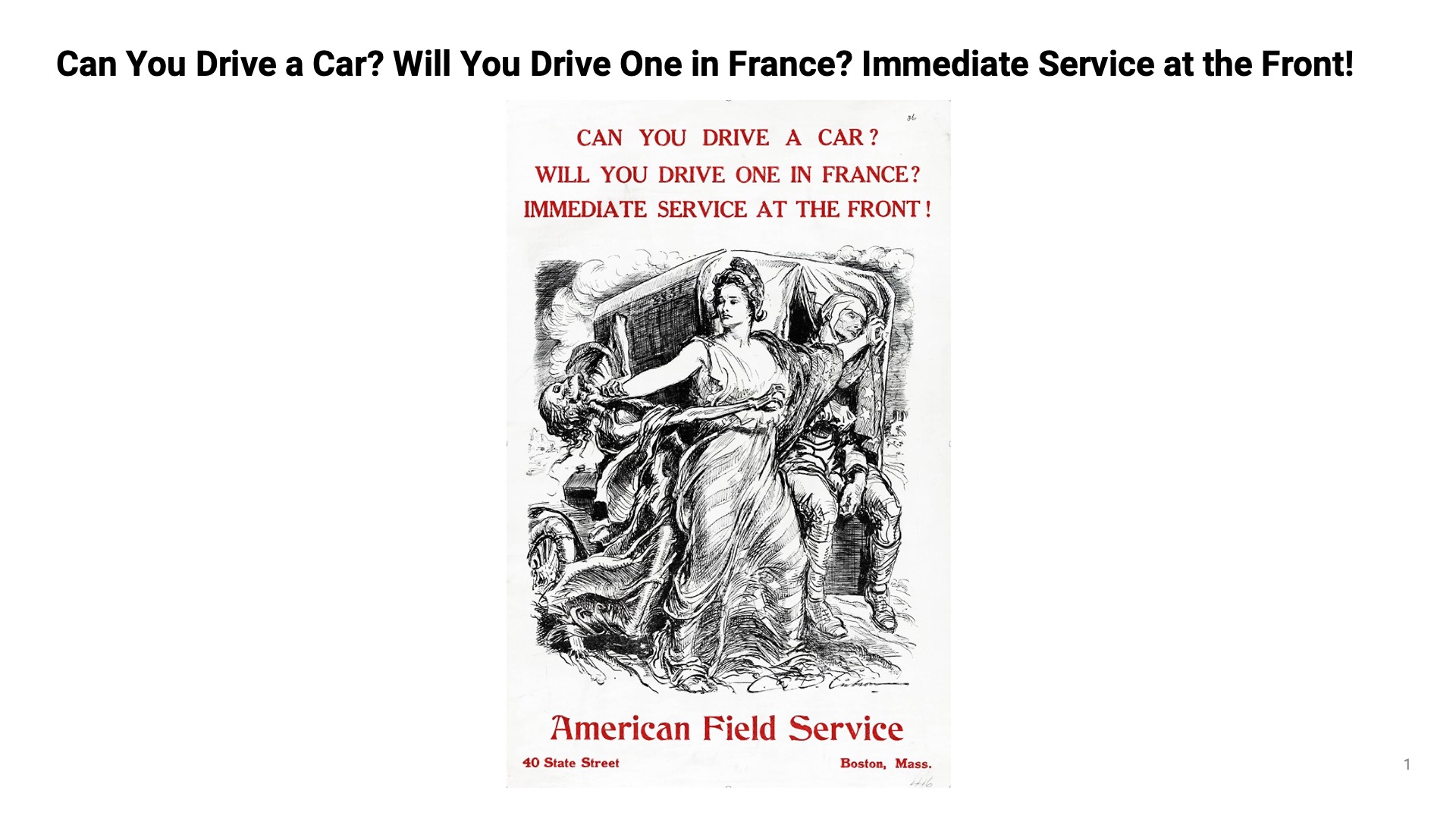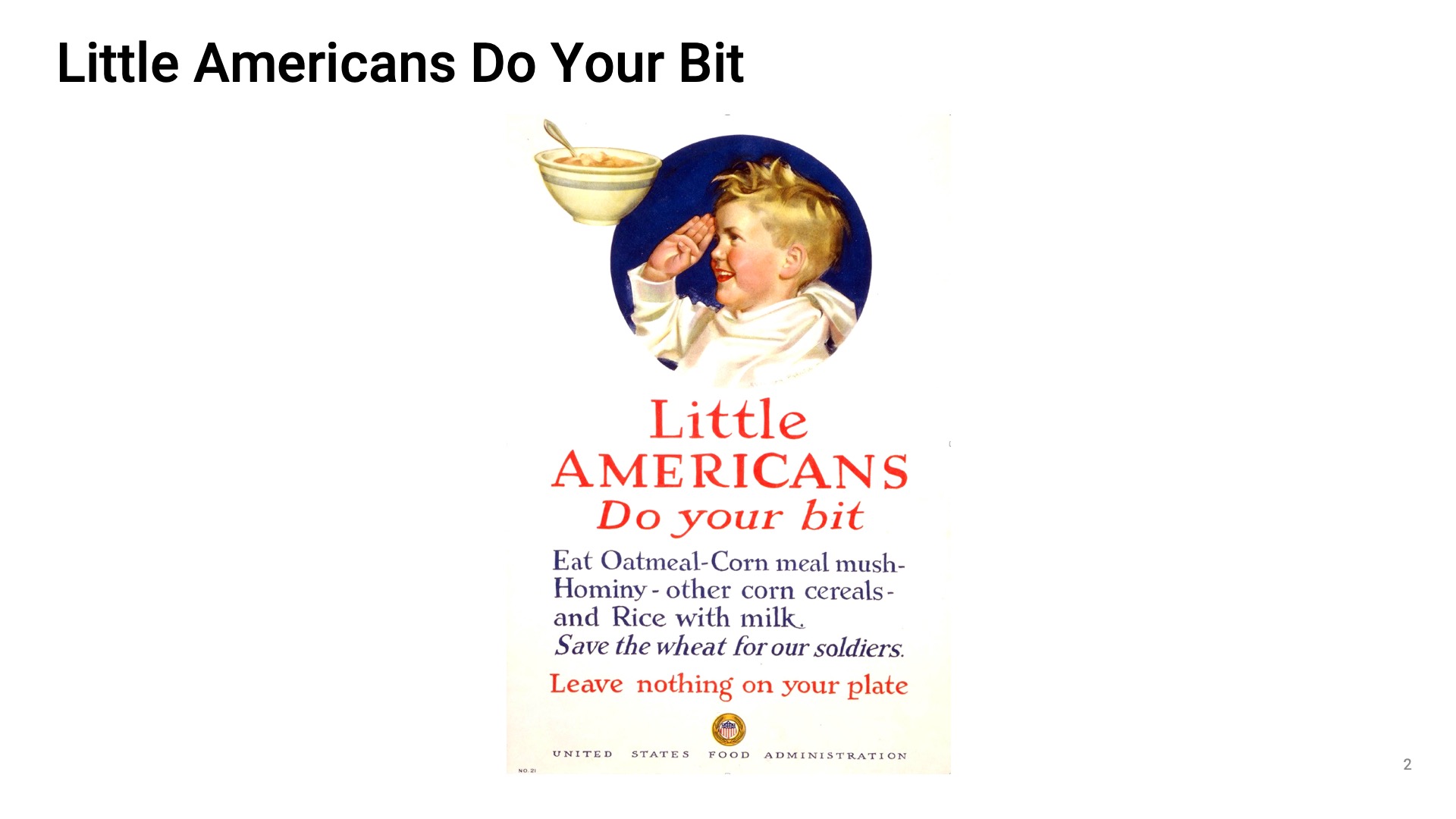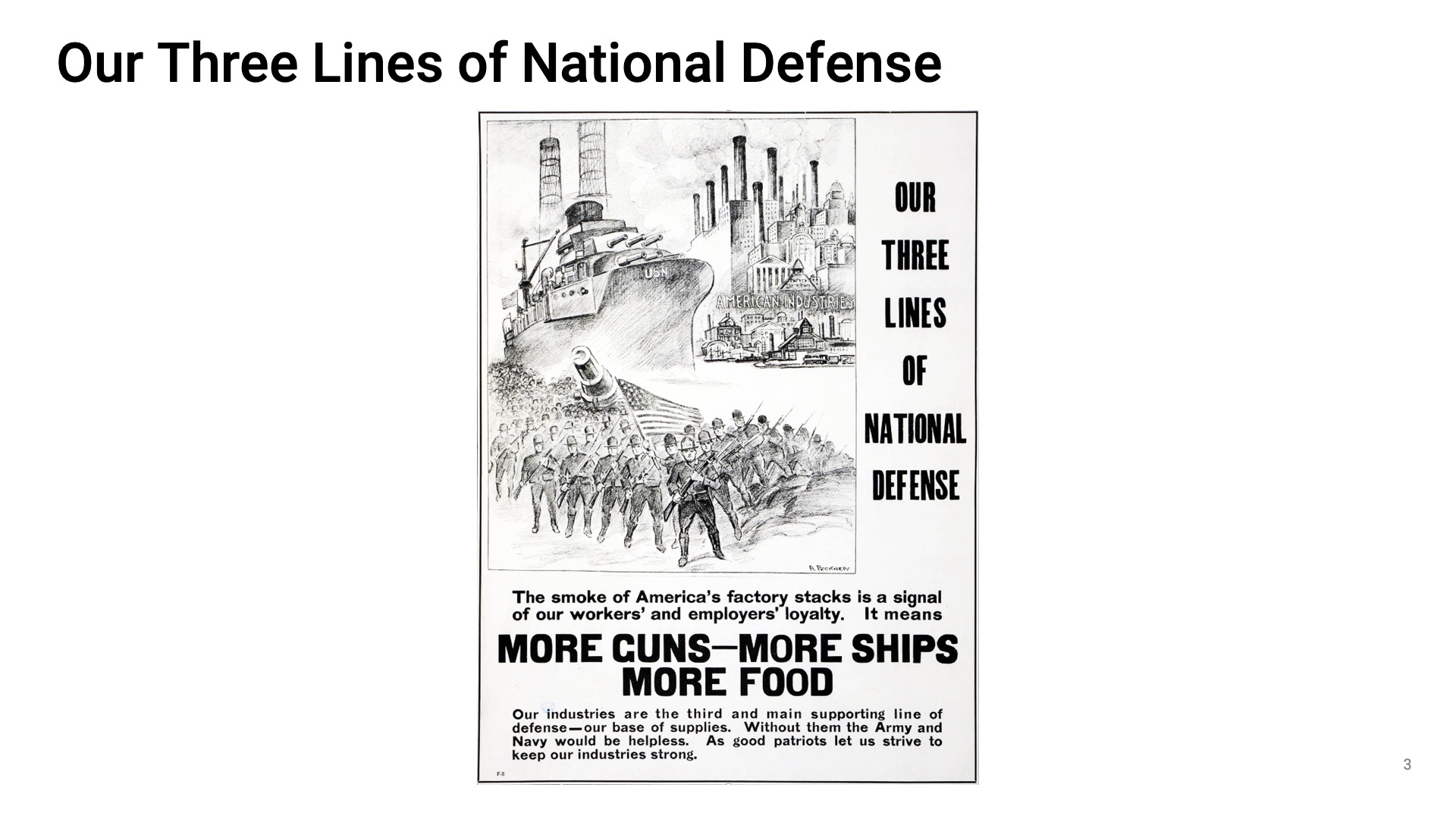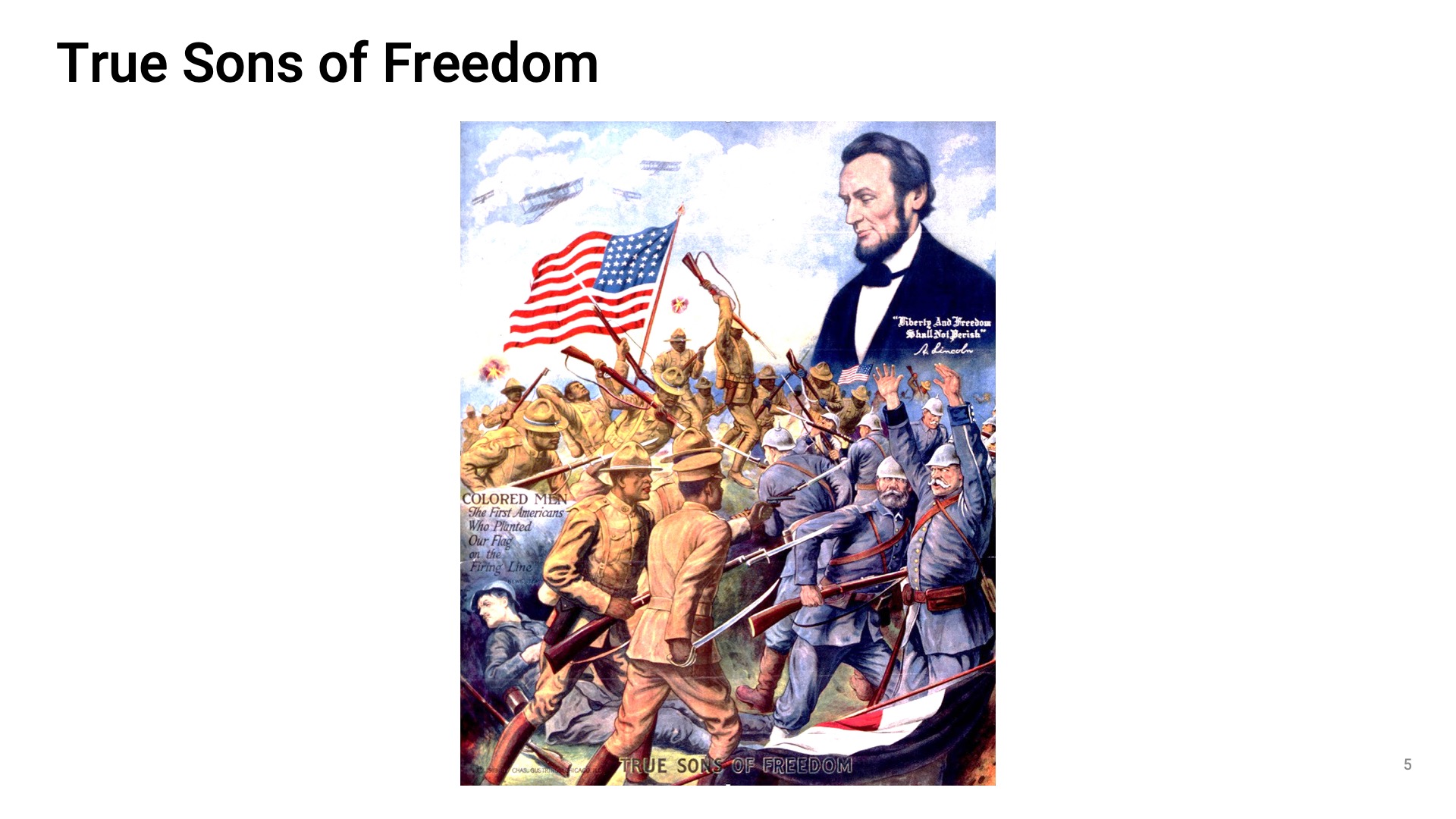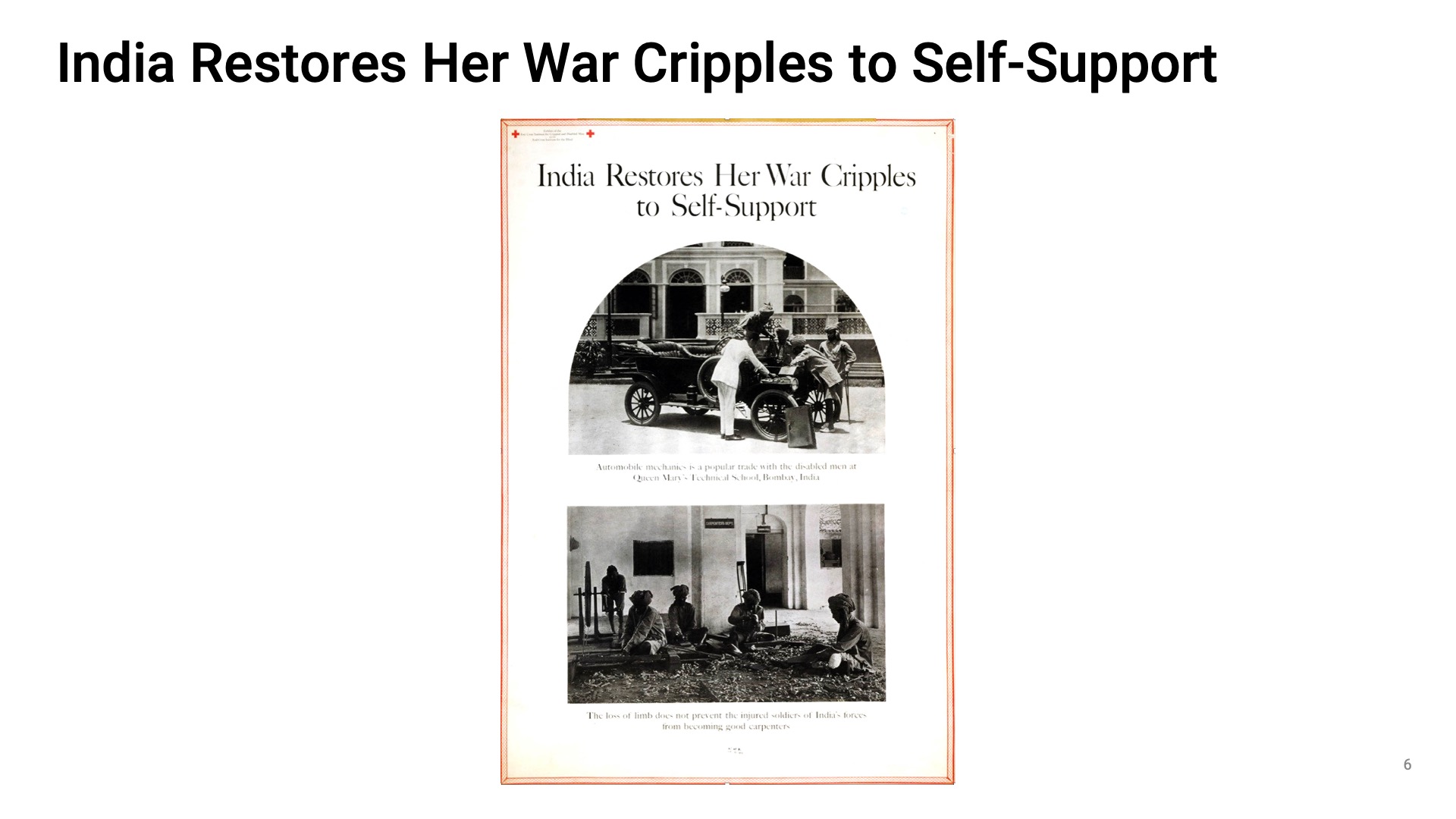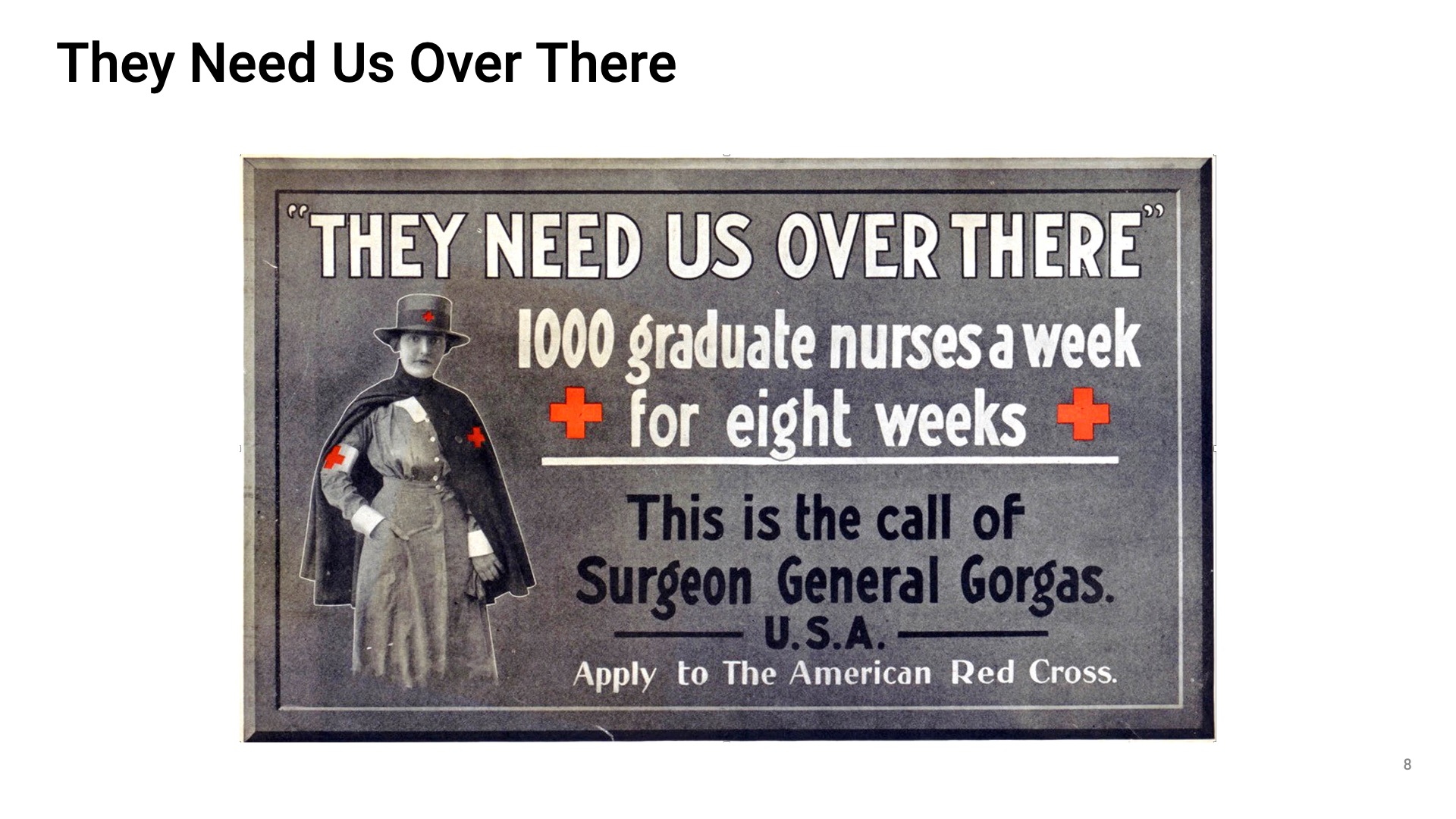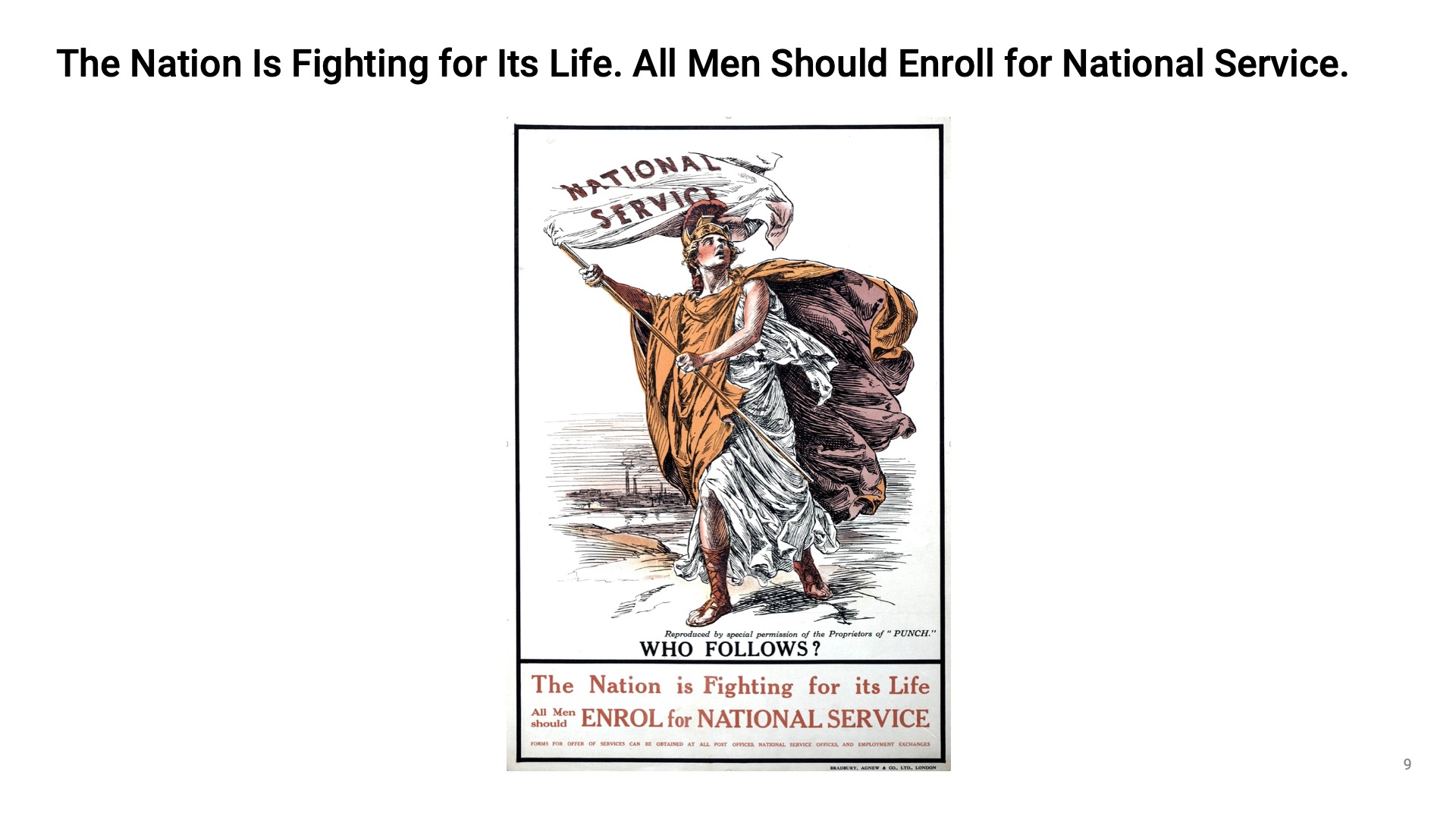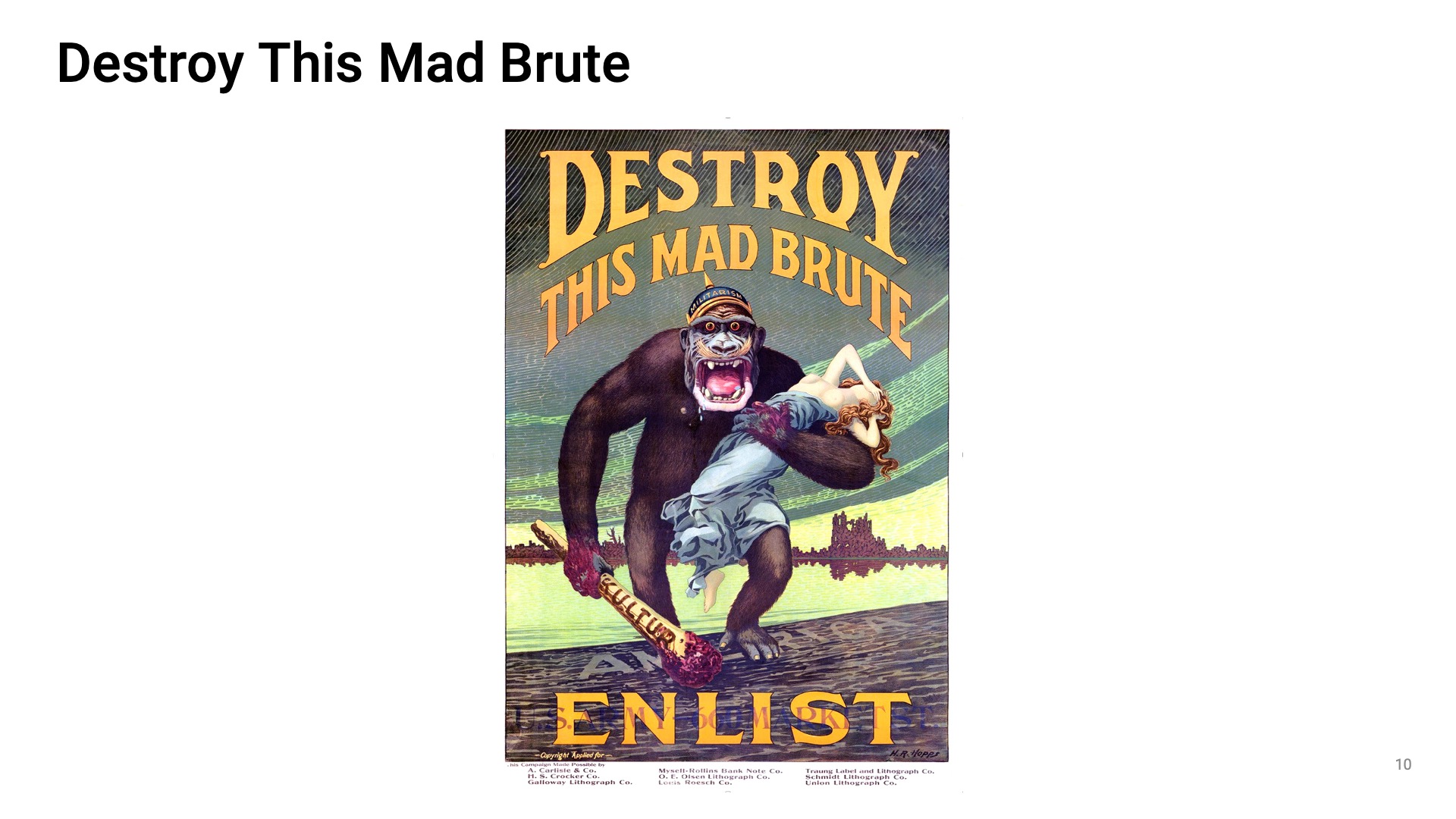Total War
Teacher Resources
Driving Question: How was the First World War different from previous conflicts?
World War I was more than a battlefield—it was a global experience. It blurred the line between home and front. It was a brutal conflict that forever changed the nature of war.
Learning Objectives:
- Define and evaluate the impacts of the concept of total war that emerged after 1914.
- Understand the impacts of the First World War on those who experienced it—both combatants and civilians.
- Assess how the experience of trench warfare and new technologies made World War I different from previous conflicts.
Vocab Terms:
- colony
- conscription
- mobilization
- propaganda
- total war
- trench
Opener: Total War
To teach this lesson step, refer to page 2 of the Lesson 6.3 Teaching Guide.
What is a total war? You’ll use your sourcing skills to decide on a definition.
What Is Total War?
To teach this lesson step, refer to page 3 of the Lesson 6.3 Teaching Guide.
Don’t Sleep on the Articles! Read this forum thread for inspiration to incorporate more text into your teaching.
Beyond the battlefields, World War I reached deep into people’s homes, jobs, and daily lives. These resources will help you understand what made this war “total” and why its impact was truly global.
-
Guiding Questions
-
Before you read
Preview the questions below, and then skim the article. Be sure to look at the section headings and any images.
While you read
Look for answers to these questions:
- What are four key features of total war?
- In what ways was World War I different from earlier wars?
- How did the war contribute to the spread of disease?
- How were wartime rules like the Hague Conventions violated?
- How did the war affect non-European societies beyond battlefield deaths?
After you read
Respond to these questions: What does it mean to say society was “totally controlled” during the war? Who had control, and who didn’t?
-
Guiding Questions
-
Before you read
Preview the questions below, and then skim the article. Be sure to look at the section headings and any images.
While you read
Look for answers to these questions:
- What were the main alliances during the war?
- What European factors helped cause the war?
- What global motivations led other countries to join?
- Where did most battles outside Europe take place?
- What were some major consequences of the war?
After you read
Respond to these questions: How did World War I change global networks—such as trade, communication, or political alliances? What stayed the same?
Life in the Trenches
To teach this lesson step, refer to page 5 of the Lesson 6.3 Teaching Guide.
Explore how your peers approach teaching with video in this thread, Video Lessons.
Total war wasn’t just about nations; it was about people. These videos and activity explore how new technology and brutal conditions shaped the experiences of soldiers and civilians in the First World War.
-
Guiding Questions
-
Before you watch
Preview the questions below, and then review the transcript.
While you watch
Look for answers to these questions:
- Why did Britain build such a large navy?
- What caused the arms race with Germany, and why did Britain win it?
- Who typically served in the Guards Regiments?
- How did Belgium’s situation lead Britain into war?
- Why is the poppy a symbol of World War I?
After you watch
Respond to this question: What do Britain’s production systems and war poetry suggest about the costs of total war?
Key Ideas
-
Guiding Questions
-
Before you watch
Preview the questions below, and then review the transcript.
While you watch
Look for answers to these questions:
- Why didn’t the British expect Germany to use gas weapons?
- How was the gas hood supposed to protect soldiers?
After you watch
Respond to this question: How might poison gas and tools like the gas hood have changed how people thought about war?
Key Ideas
-
Guiding Questions
-
Before you watch
Preview the questions below, and then review the transcript.
While you watch
Look for answers to these questions:
- What were knuckledusters and lead coshes?
- Why did soldiers carry close-combat weapons even if they had guns?
After you watch
Respond to this question: What does the way soldiers got these weapons tell us about the role of local communities during World War I?
Key Ideas
Closer: Total War
To teach this lesson step, refer to page 7 of the Lesson 6.3 Teaching Guide.
Time to reconsider your definition of total war from the beginning of this lesson.
World War Propaganda
To teach this lesson step, refer to page 7 of the Lesson 6.3 Teaching Guide.
Governments used propaganda posters to convey all sorts of wartime messages.


